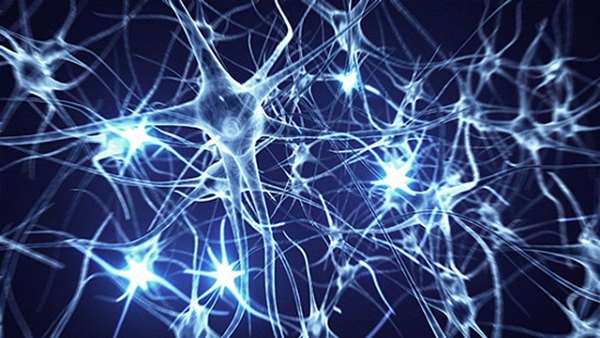Molecular and functional variation in iPSC-derived sensory neurons
Induced pluripotent stem cells (iPSCs), and cells derived from them, have become key tools for modeling biological processes, particularly in cell types that are difficult to obtain from living donors. Here we present a map of regulatory variants in iPSC-derived neurons, based on 123 differentiations of iPSCs to a sensory neuronal fate.
Induced pluripotent stem cells (iPSCs), and cells derived from them, have become key tools for modeling biological processes, particularly in cell types that are difficult to obtain from living donors. Here we present a map of regulatory variants in iPSC-derived neurons, based on 123 differentiations of iPSCs to a sensory neuronal fate. Gene expression was more variable across cultures than in primary dorsal root ganglion, particularly for genes related to nervous system development. Using single-cell RNA-sequencing, we found that the number of neuronal versus contaminating cells was influenced by iPSC culture conditions before differentiation. Despite high differentiation-induced variability, our allele-specific method detected thousands of quantitative trait loci (QTLs) that influenced gene expression, chromatin accessibility, and RNA splicing. On the basis of these detected QTLs, we estimate that recall-by-genotype studies that use iPSC-derived cells will require cells from at least 20–80 individuals to detect the effects of regulatory variants with moderately large effect sizes.
Reference: https://www.nature.com/articles/s41588-017-0005-8





ارسال به دوستان